Metabolism
“ Exchanges of material flows are territorialized: in this sense, they are part of systems of power. ”
“ Exchanges of material flows are territorialized: in this sense, they are part of systems of power. ”
Urban metabolism, at the heart of the matter
When we speak of urban metabolism, we are generally referring to the materials that enter and leave the city organism. Among these, waste plays a decisive role, challenging our understanding of what is clean and what is dirty, what is at the end of its life and what can be reused, what is new and what is outdated. Thus, studied from a qualitative rather than quantitative approach, waste reveals a great deal about our urban imaginations, which differ from country to country across the globe. This is what geographers Clément Dillenseger and Pierre Desvaux explain in Métabolisme(s). Matière en circulation, matière en transformation [Metabolism. Circulating matter, transformed matter] (co-authored with Laëtitia Mongeard, published by Éditions deux-cent-cinq). Read the podcast’s transcript.
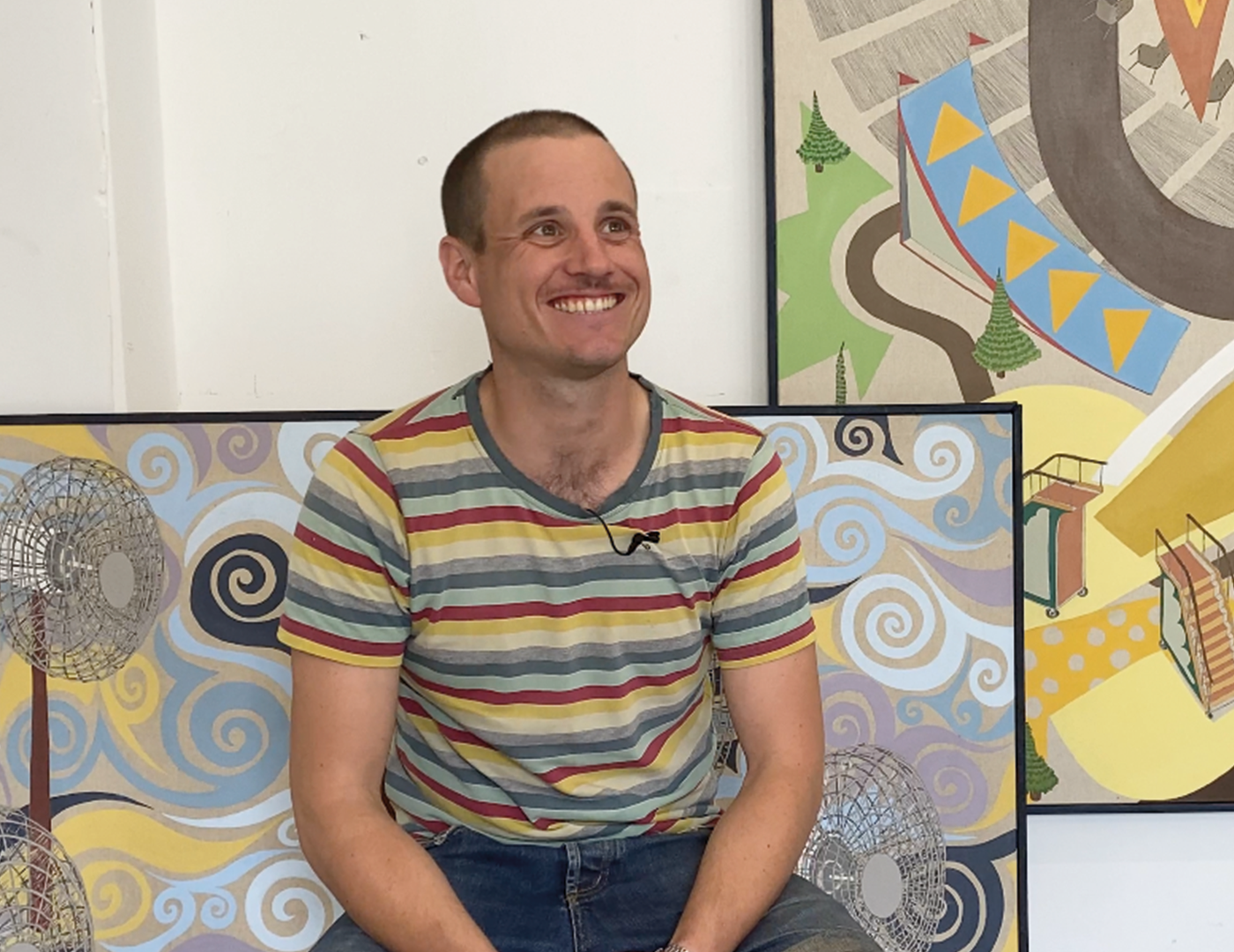
Machine system
Through animation, installation, sculpture and painting, Victor Cord’homme reveals the complexity and tireless workings of an urban system over which humans are losing control. He works on the autonomy of his installations and exhibitions, whose behavior varies according to the audience, invited to interact yet powerless to do so.
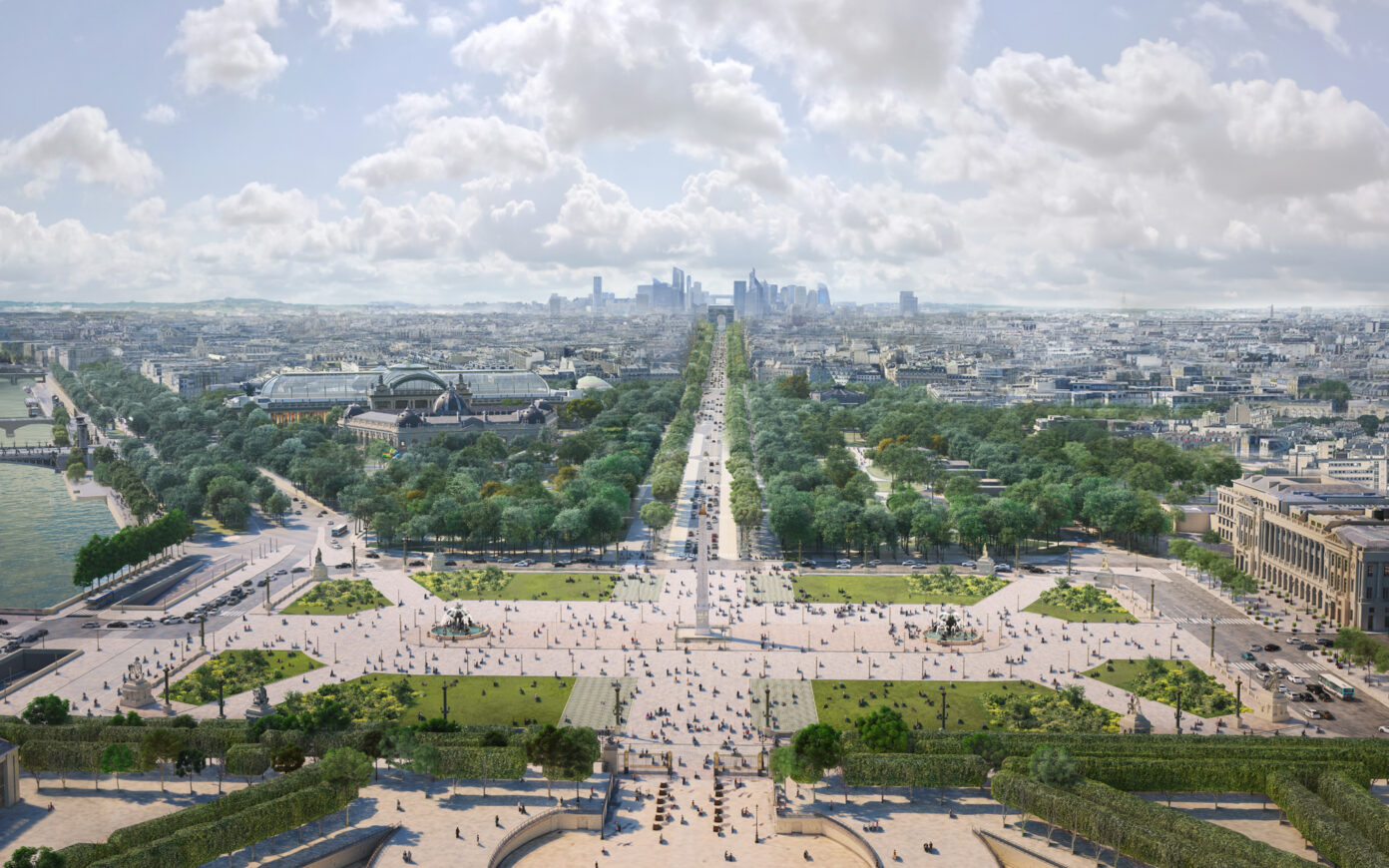
The Champs‑Élysées, History & Perspectives exhibition presents the study conducted between 2018 and 2020 at the behest of the Comité Champs‑Élysées by PCA-STREAM in collaboration with some fifty researchers, historians, scientists, engineers, artists, and economic and cultural actors from France and abroad. It traces the development of “the most beautiful avenue in the world,” analyzes its current usages, and proposes a vision of its potential evolutions in response to the challenges this area of the city faces in the present day. The Champs-Élysées is becoming a collective space to experiment with the development of a sustainable, desirable and inclusive city by 2030 through focusing on four main strategic priorities: reducing the impact of urban mobilities, rethinking nature as an ecosystem, seeking new uses, and the use of data for measurement and regulation.
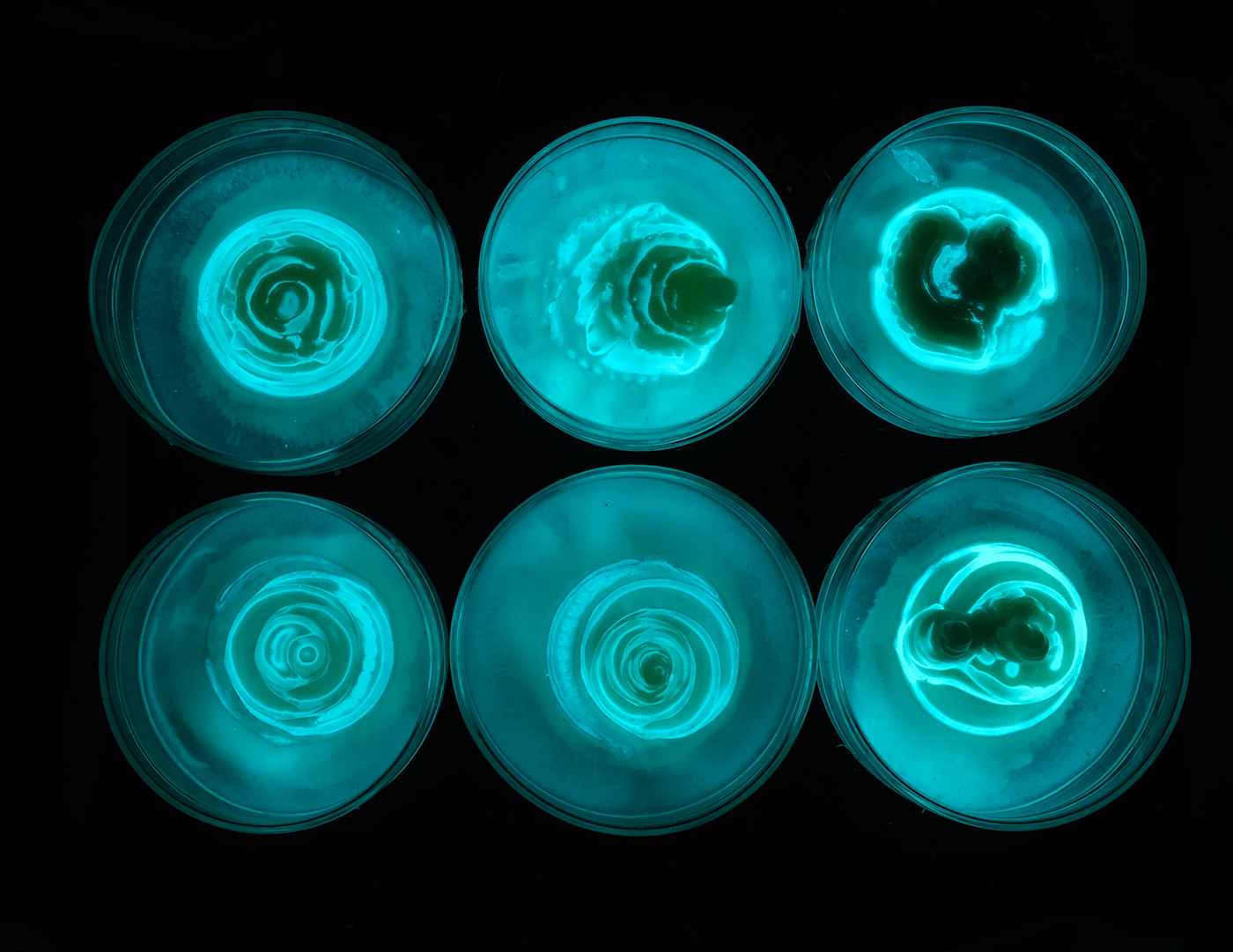
Living matter
With Marie Sarah Adenis, artist, Aurélie Mossé, research professor at ENSAD, and Simon Trancart, Head of Adaptative Laboratory Evolution at Ginkgo BioWorks. Wood is often referred to as a living material because it reacts to ambient humidity and develops a patina. However, when a tree is cut down to exploit its wood, it dies and ceases to photosynthesise. What other forms of living matter can we cultivate and grow to build and create, and what ethics should we apply? What does the future hold for organic materials that can regenerate rapidly or perhaps never die and continue to evolve as living matter? From the colourimetric properties of microbes to the use of algae to develop alternative chemical reactions to form cements and ceramics that emit less carbon, what possibilities does living matter offer us for rethinking creation?
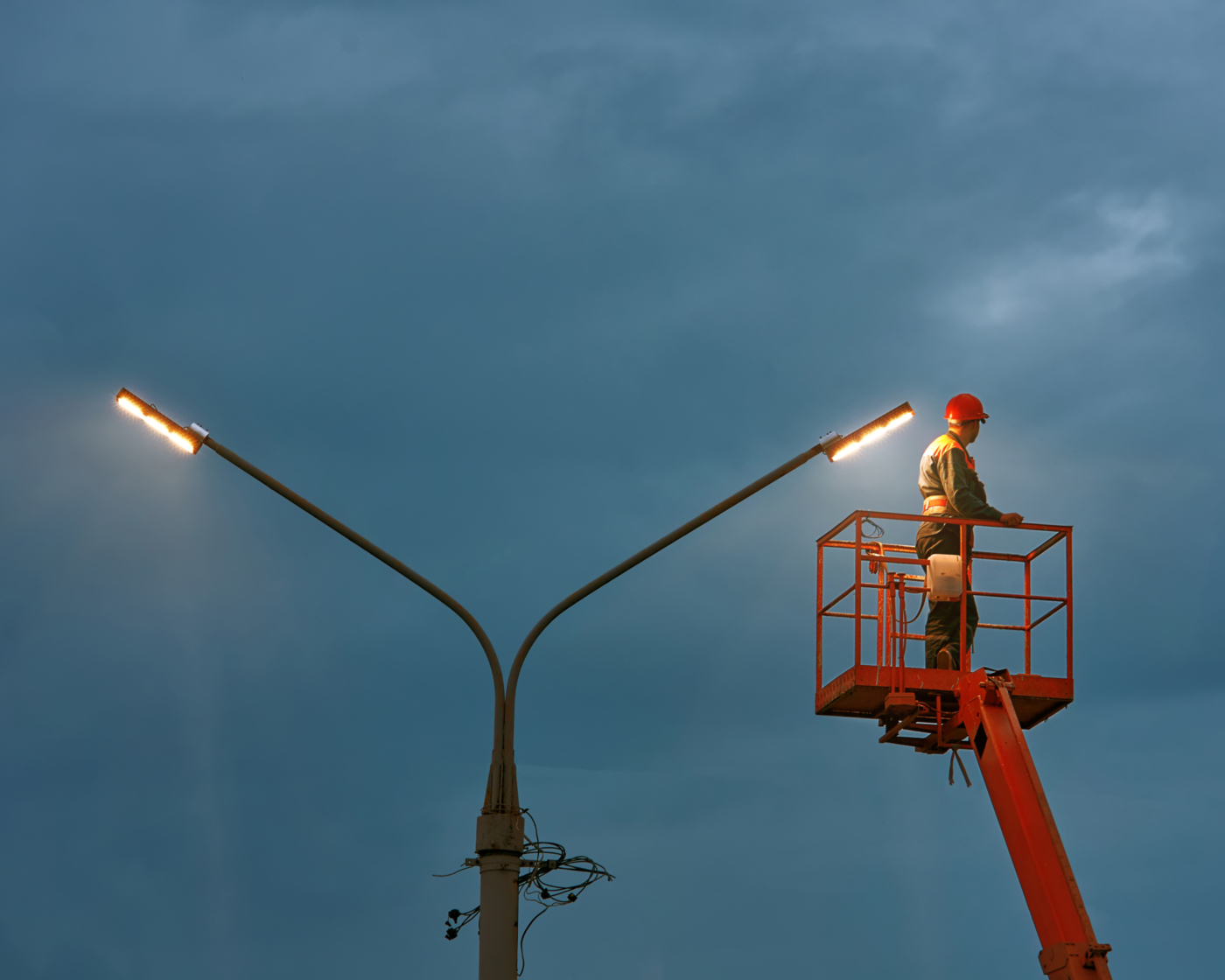
Restoration, transformation, maintenance
In this round-table discussion, the four researchers look at the issue of transition through the prism of the different notions of maintenance, transformation, repair and restoration. These concepts are reminiscent of the issues of destruction, reconstruction and rehabilitation in architecture.
“ Sewers are the mirror image of what happens on the surface. ”
“ Sewers are the mirror image of what happens on the surface. ”
What sewers say about us
Did you know that we have a lot to learn from sewers? Sewers contain numerous chemical indicators that provide information about the practices of people living above ground, such as the use of medicines and drugs, diet and the state of intestinal flora. By focusing on the city of Paris, the EGOUTS (sewers) research project, funded by the French National Research Agency (ANR), is seeking to shed light on public policy ‘through the dark side of the City of Light’.


Exploring methodologies to understand the living city
Theoretical experiments around the concept of the “metabolic-city” place living organisms at the heart of a new paradigm, encouraging a systemic approach. In urban and architectural practice, what tools are available to measure metabolism? Pauline Detavernier, Doctor in Architecture and Research and Development Project Manager at PCA-STREAM, examines existing measures of the life cycle and urban metabolism to outline a methodology.
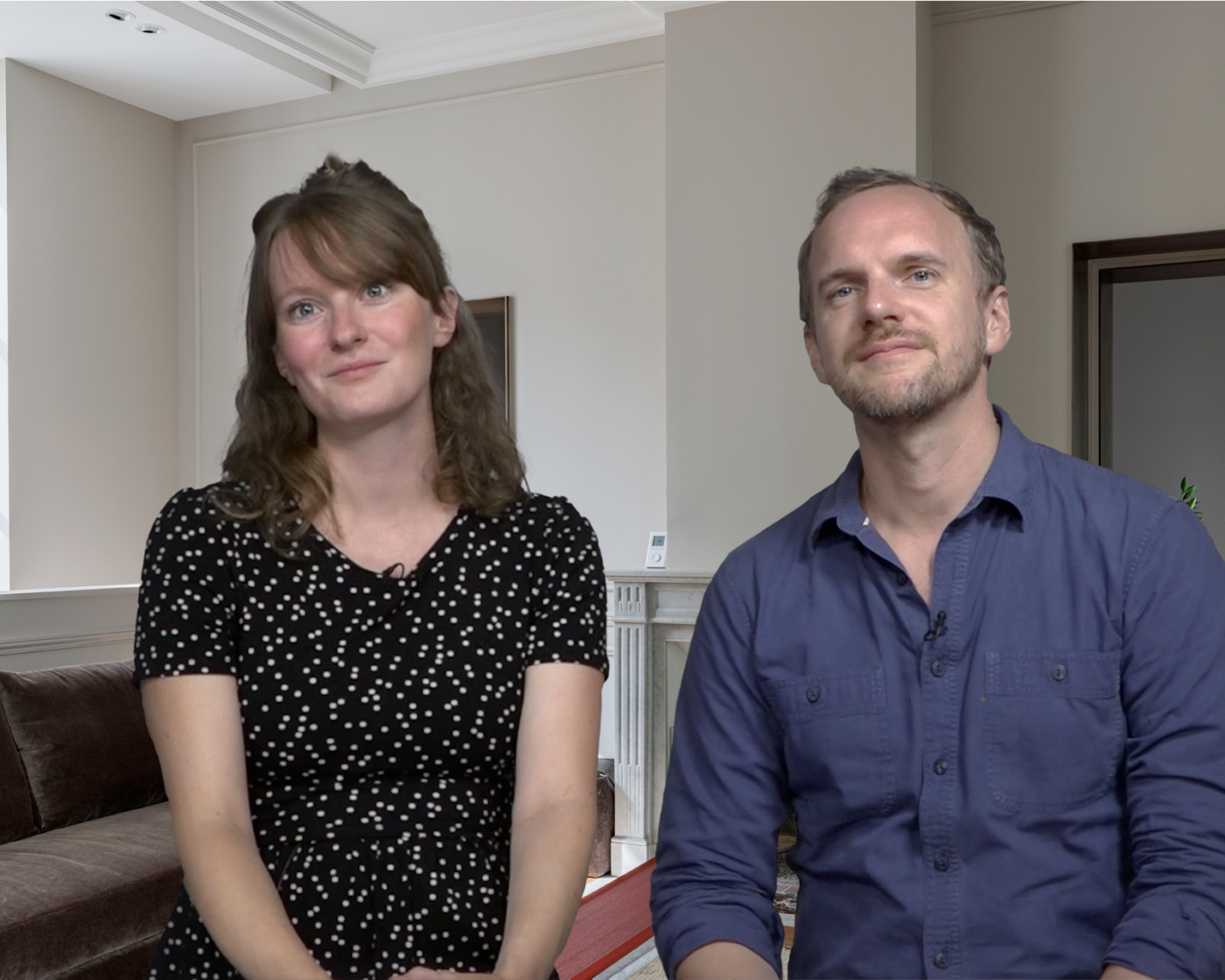
Applying a research approach in an architectural practice
Etienne Riot, urban planning researcher, and Pauline Detavernier, architecture researcher, are at the heart of applied research and innovation at PCA-STREAM. Together, they talk about the different facets of this research, from a CIFRE contract, to the setting up of a university chair project, to the subjects explored by the collaborators.
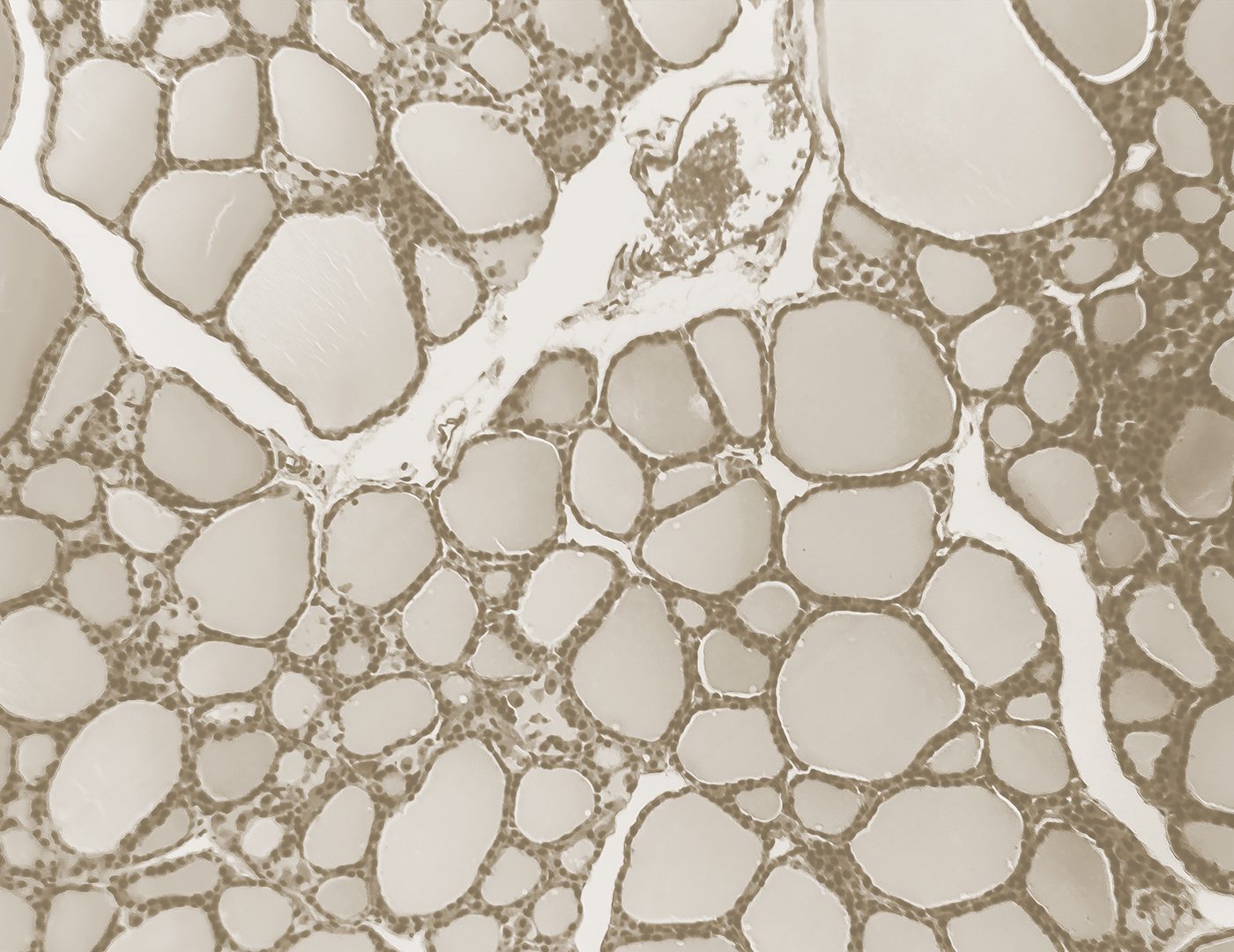
Piloting the "City-Metabolism" Chair
Périg Pitrou is an anthropologist, CNRS Research Director at the Maison Française d’Oxford and head of the “Anthropology of Life” team at the Collège de France. He is Scientific Director of the City-Metabolism Chair, which links the agency with PSL University (Paris Sciences et Lettres). The aim: to identify how interdisciplinary collaborations can help overcome the challenges of building future urban worlds.
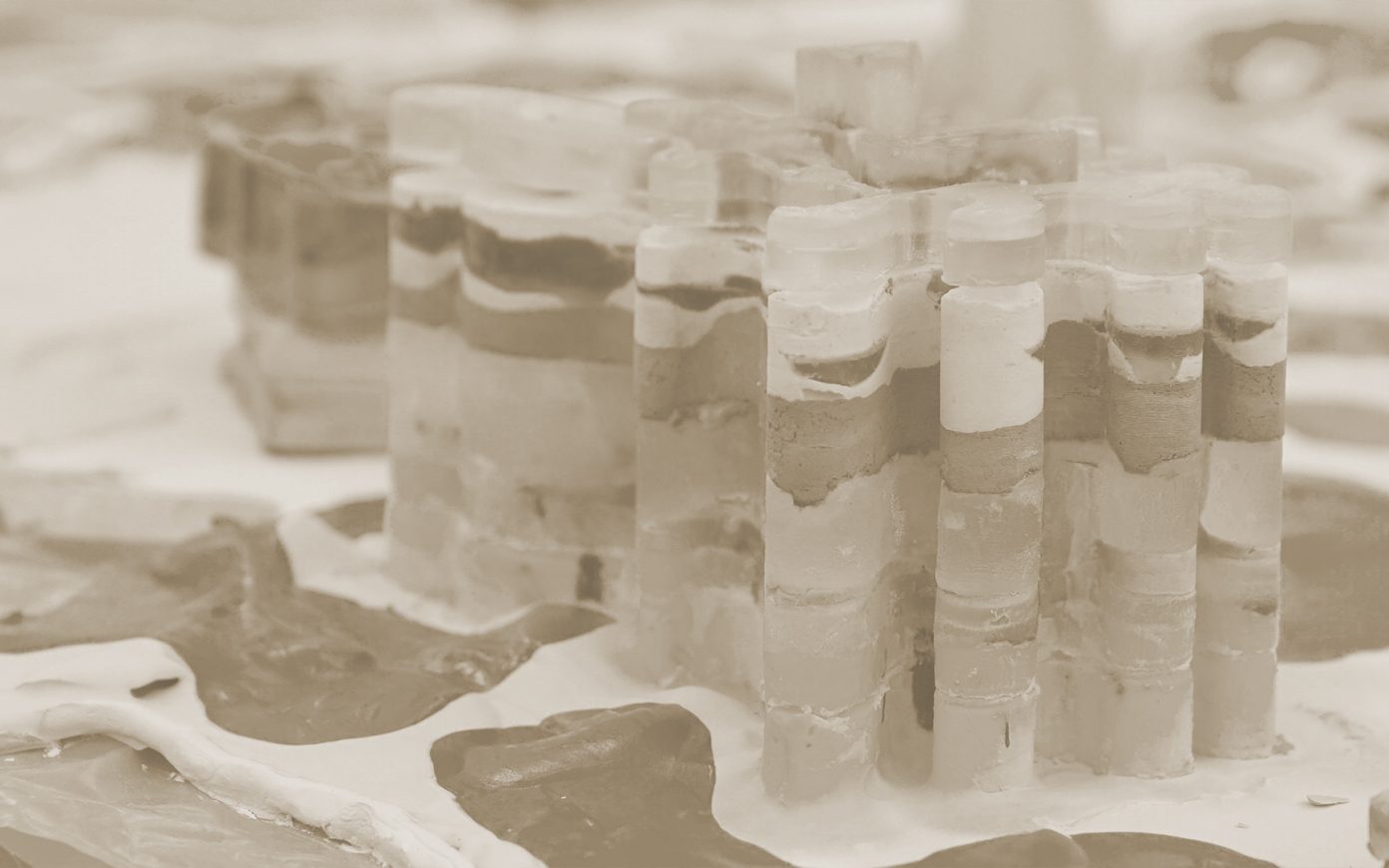

Defining the "Metabolic City"
Léone-Alix Mazaud, a CIFRE doctoral student (PCA-STREAM / École des Mines), here repositioned our definition of the “metabolic city” within a history of approaches to urban “metabolism”; a long-standing metaphor used in the study of urban systems, yet one that has been reconfigured over time.

Is the city going round in circles?
Léonie Debrabandère is the Director of the WAAO, Lille’s architecture center, and curator of the exhibition “La ville tourne en rond?” How can we get away from anthropocentric, productivist logics and create a city that self-regulates, regenerates and recycles itself? The exhibition takes us on a semantic and tangible exploration of the circular city, allowing anyone to implement re-usable solutions on all scales.
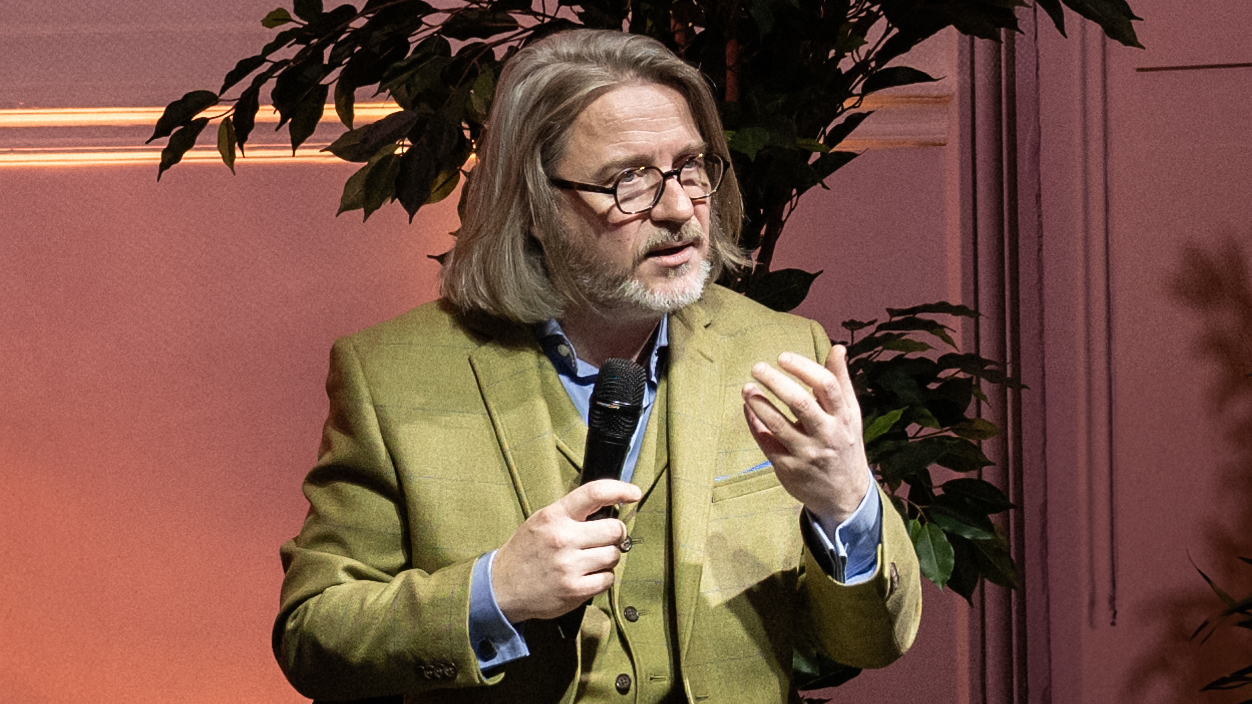
City-Metabolism Chair
Périg Pitrou is an anthropologist at the CNRS and head of the “Anthropology of Life” team at the Collège de France. He is Scientific Director of the City-Metabolism Chair, which brings together PCA-STREAM and PSL University (Paris Sciences et Lettres). The aim: to identify how interdisciplinary collaborations can help overcome the challenges of building the urban worlds of the future.


Technologies and metabolic city
The notion of urban metabolism can be viewed in several ways. From a quantitative perspective, by considering flows; from a political ecology perspective, by considering social factors; and from an urban design perspective, by considering the sum of intertwined environmental and social ecosystems beyond administrative borders. In each of these approaches, urban technologies and the availability of data provide exciting prospects. To read the extended version : Do cities metabolize?


At the roots of “Urban Metabolism”
The use of the living organism metaphor in the field of urban system studies dates far back and is continuously reconfigured as events play out. Here, Léone-Alix Mazaud, a CIFRE PhD student (PCA-STREAM/École des Mines de Paris), repositions the meaning of the “urban metabolism” as defined by our firm within the history of approaches on the subject matter in order to highlight its unique features.
Explorer Tous les tags
 stream voices
stream voices
Eager to share more generously the results of its collaborations and research, PCA-STREAM publishes STREAM VOICES, its online magazine!